Today, a chinchilla as a pet is firmly occupying one of the leading places in our country, although more recently this animal was of interest to a person solely as a source of a very beautiful skin that gives light and warm fur. However, she has not lost this significance even today - she continues to study the qualitative characteristics of fur and is trying to improve it.

Of all the colors of chinchilla fur, the black shade is one of the most appreciated. It also adds popularity to the fact that animals with this genome are best suited to improve other color variations of chinchillas.
The color of the chinchilla is not only the color of the coat, but also a combination of 3 factors at once:
- pigmentation;
- color gamut;
- wool structure.
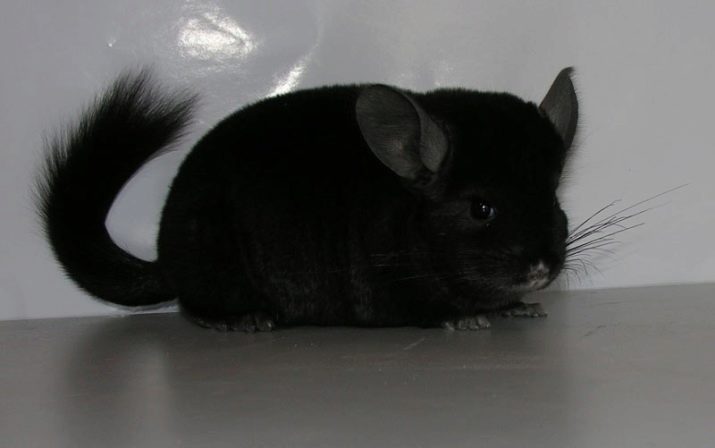
Each factor is characterized by its own gene, as well as their various possible variations that occur when different breeds cross. Moreover, chinchillas can be both multi-colored and equally colored. As a result of this process, animals with interesting color schemes are obtained, including a fur coat that neither one nor the other parent had.
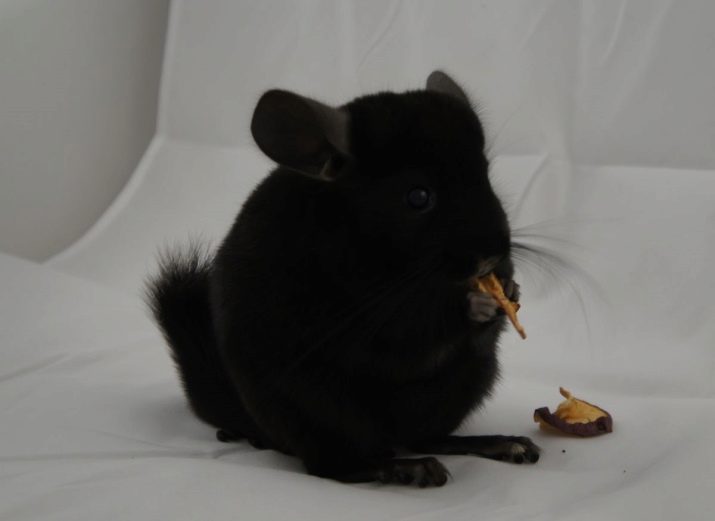
The result is only 3 colors:
- the black;
- brown;
- ginger.
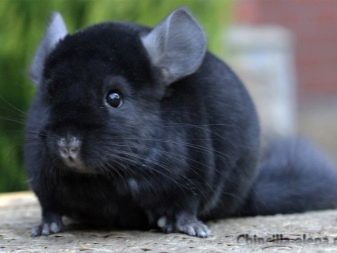
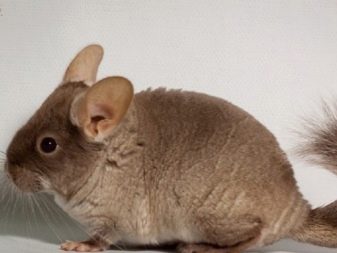
If the color is absent, the skin is white. Any other color is already a combination of the above. Color happens:
- standard;
- beige;
- silver mosaic;
- white-mosaic;
- pink and white;
- black and velvety;
- brownish velvety;
- homoebony;
- hetero-ebony;
- purple (color "black pearl" is his option);
- white ebony;
- sapphire.
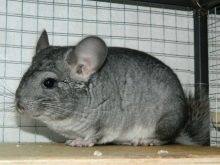
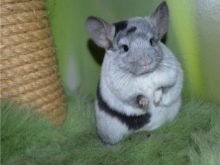
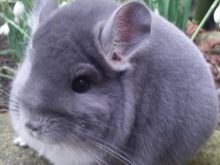
In total, there are more than two dozen shades.
Black Velvet Chinchillas (Black Velvet)
Appeared in the middle of the twentieth century. The first animal came from parents with the usual color and called it Dirty Pug, which, along with other animals, ended up in the possession of a farmer from the USA by the name of Gunning, who had bred these animals for more than ten years and was considered one of the best chinchilla experts in the world. He began to actively develop such an unusual mutation of Dirty Moska, and as a result, her offspring began to have a small black muzzle mask, and then a black mantle began to appear.
Subsequently, by crossing, Gunning achieved a black neck and back, and after a couple of years, the Black Velvet chinchilla began to look the same as it is today.
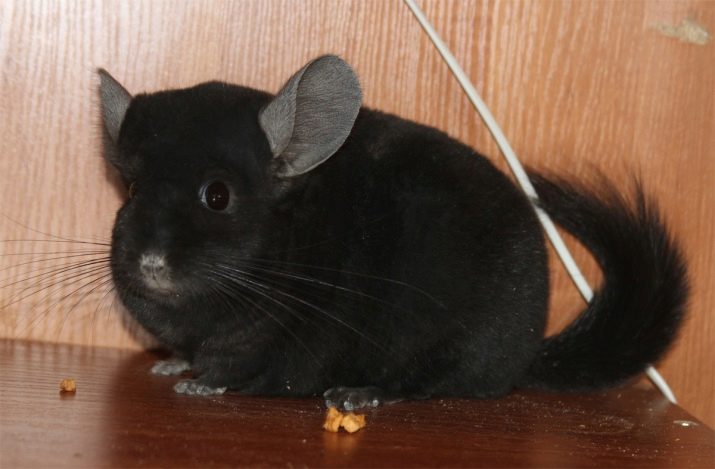
A genetic feature of this color is the presence in the gene set of the so-called lethal gene, which does not allow such animals to cross - they die in 100% of cases. For this reason, chinchillas of this color intensively interbreed with their motley brethren (except velvet) in order to improve the saturation of the shades.
Chinchilla Black Velvet
Differs from other breeds:
- hump on the nose;
- a clear mask on the face;
- gloves from strips running diagonally on each foot;
- fur rich black hue;
- the absence of light areas of fur in the eyes, any tan marks;
- uniformity of black pigment on the ridge and sides;
- a clear low line of the abdomen;
- muzzle round shape;
- dense skeleton.
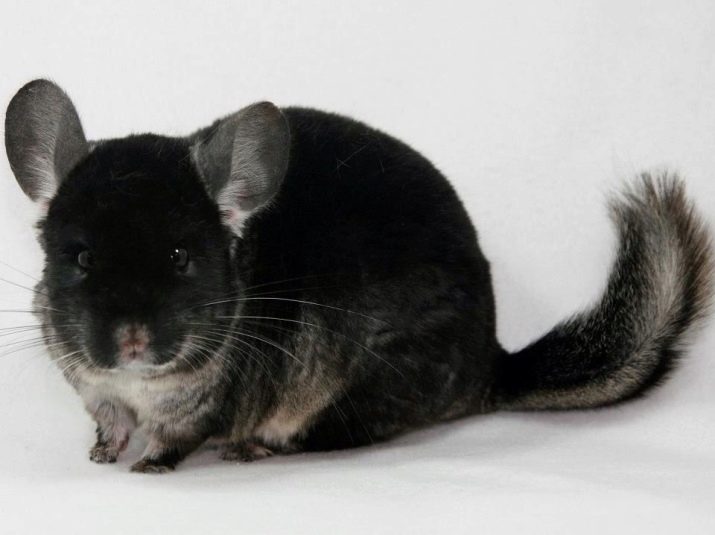
Chinchilla color "homoebony" or "extradark" (from the English Extra Dark)
These are animals with fur, the color of which is considered one of the rarest and most spectacular shades. The cost of such a chinchilla can be more than a thousand dollars. Especially appreciated is the absence of stains, veils or interspersed with other shades. Eyes and ears are black.
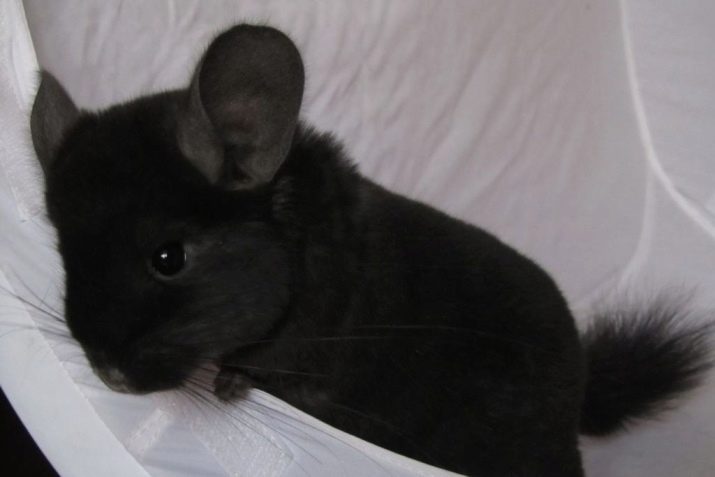
Heteroebony animals
Also found quite rarely and have a high cost.
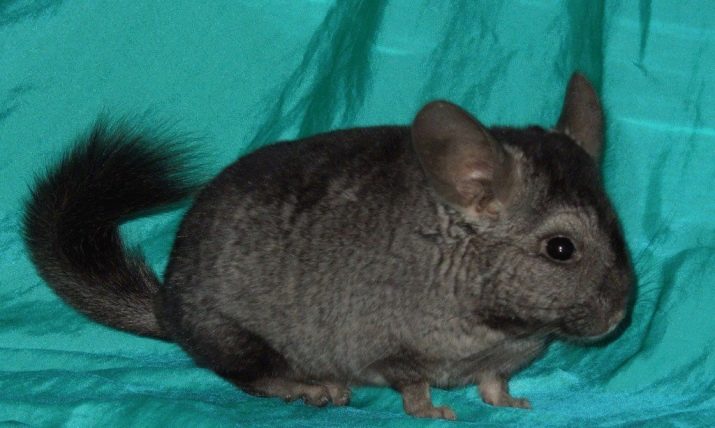
The fur of this color can be divided into:
- light (based on white or shades of beige, combined with gray, brown, or black);
- medium light (cream or light brown shades, gray or brown blotches are allowed);
- medium (combining dark gray and white colors);
- dark (black, combined with gray).
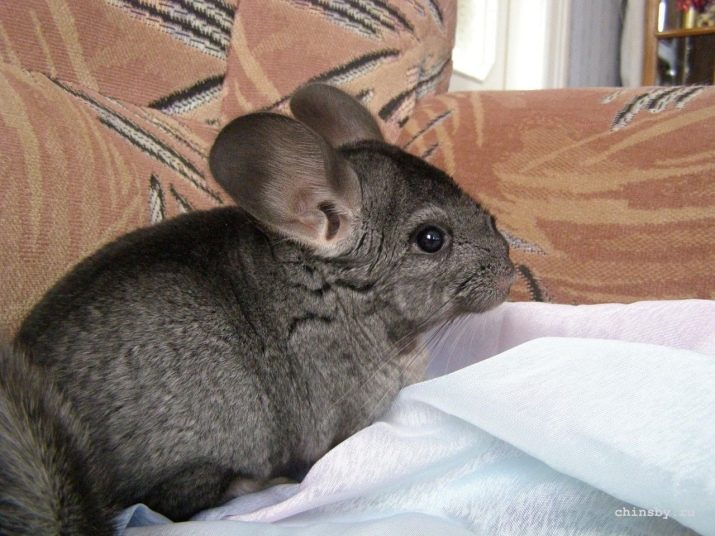
The feature that all of the listed fur variations have is that the abdomen should be completely the same color.
Chinchilla fur standard color
This shade is also called “agouti”. Animals of this color were originally met and still live in the wild only with this single color of fur. The shades of the palette are from ashy to graphite colors. The backs of the Agouti are dark, the fur of the sides is lighter, and the legs on the tips and abdomen are very light shades. The hair has a gray-blue color, its tips are black.
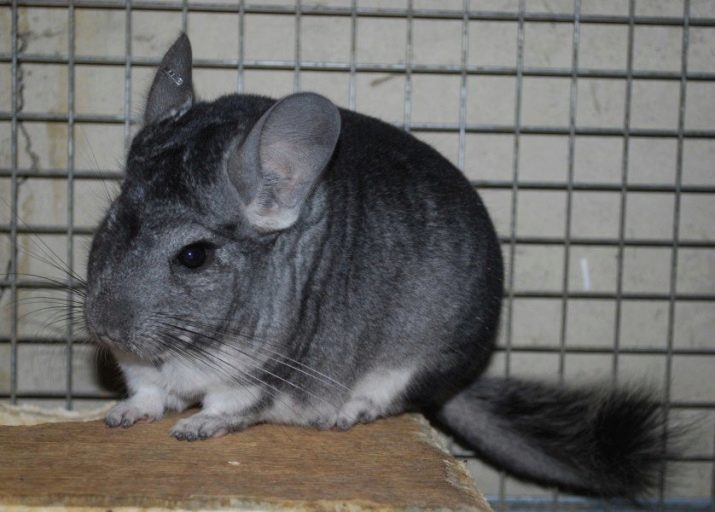
Beige Chinchillas
They were first brought out in the year 55 of the 20th century.
They have a range of shades from light beige to dark. The backs are darker in relation to the rest of the fur, the abdomen is almost white. The ears are pinkish-beige in color, have light pigment spots that resemble freckles. The color of the iris ranges from pink to dark ruby hues.
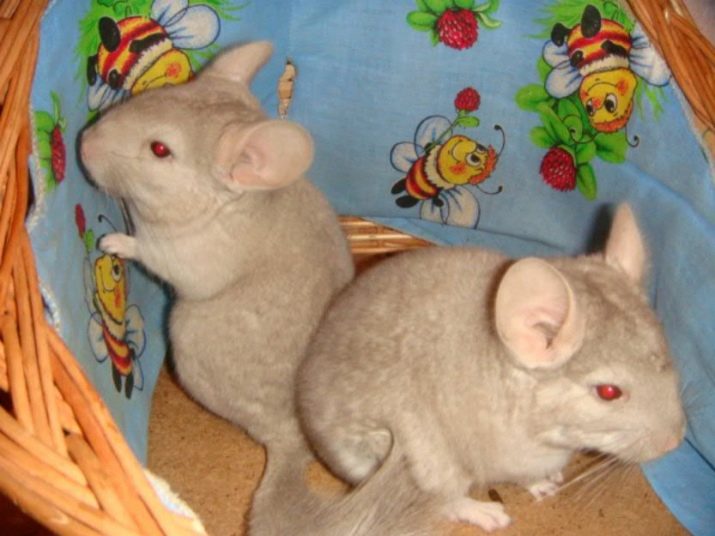
Brown velvet fur chinchillas
Brown shades (from light to chocolate) predominate. On the sides, the color gradually turns beige, turning into a completely white abdomen. The head is “dressed” in a dark mask, diagonal stripes are visible on the front and hind legs.

About what breeds of black chinchillas are and their features, see the next video.










